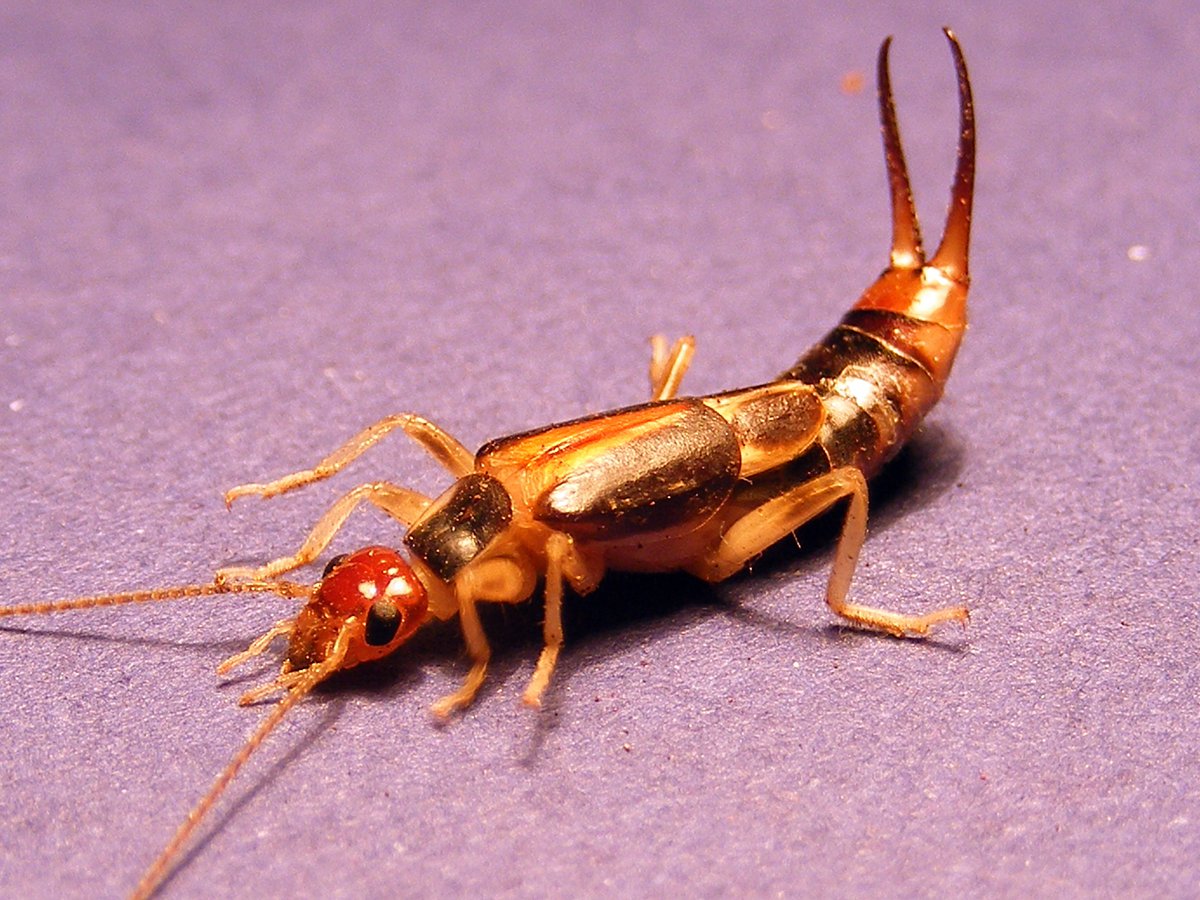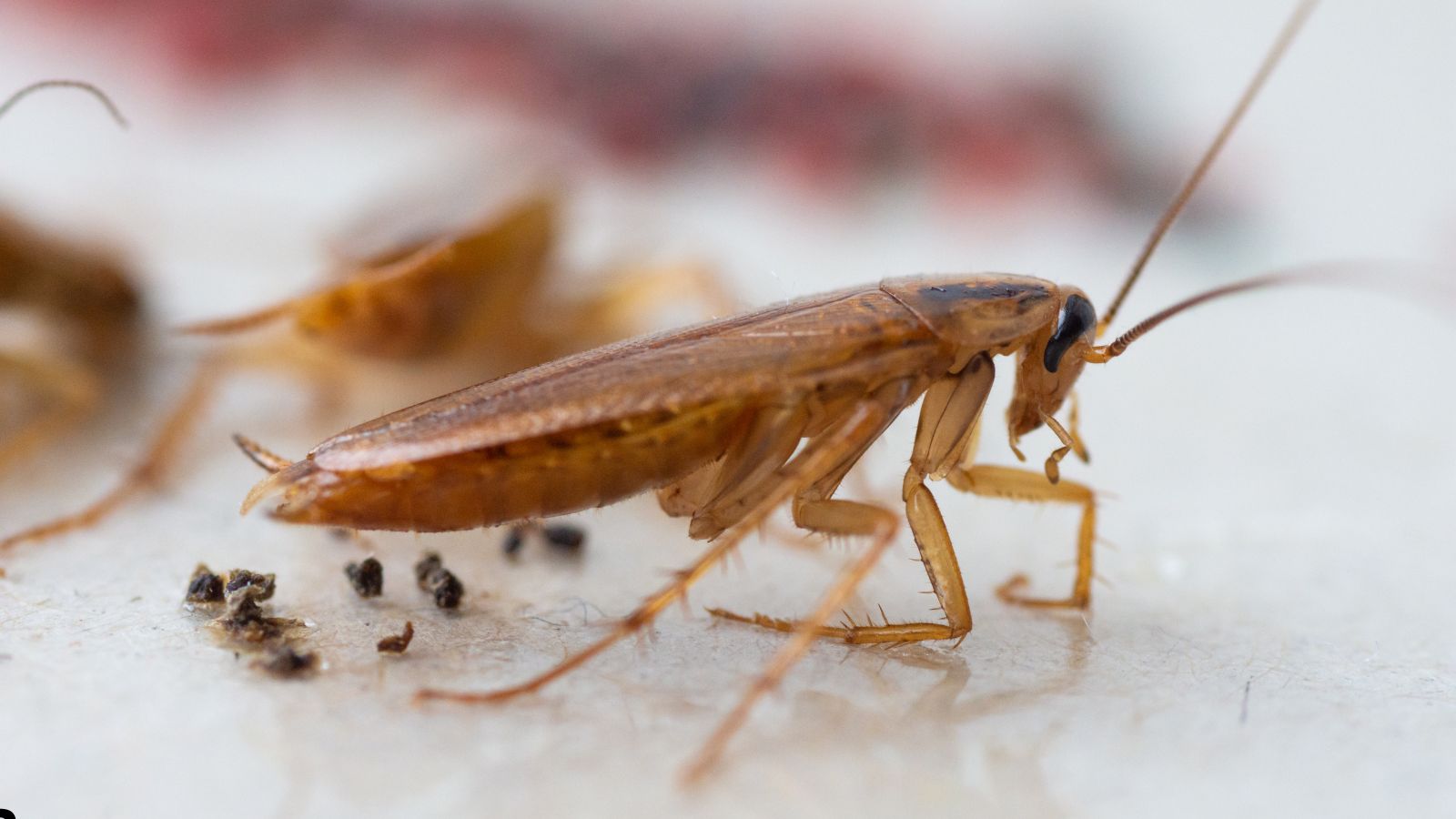You’ve probably seen them before: creepy-crawly little insects that emerge out of nowhere and send a shudder down your spine. While earwigs are not harmful to people, they can induce emotional distress. Here is everything you need to know about them.
What Earwigs Look Like
Earwigs are typically 14-1 inch in length, with brown or black bodies, six legs, antennae, wings, and a leathery exoskeleton. The pincers attached to the back of their abdomens are their most distinguishing feature. This is a feature that many homeowners find bothersome. These pincers are primarily used for reproduction, food hunting, and self-defense. An earwig may try to pinch you if you pick it up. But don’t worry, earwigs aren’t poisonous or disease-carrying, and their pincers are unlikely to break the skin.
Where Earwigs Live
Earwigs are typically nocturnal, preferring to hide in cold, moist places during the day and emerge at night to hunt for food. They are frequently discovered in leaf and mulch piles, holes in trees or the ground, small crevices, and indoors near water sources. They usually live in large groups and will flee if they are discovered and exposed. If they get into your house, it will be through tiny cracks and crevices in the walls or through unfinished or partially sealed basements. Because earwigs are drawn to dirt and leaves, they may seek refuge in ground debris tracked into your home by the soles of your shoes.
What Earwigs Eat
Earwigs frequently consume vegetation such as leaves and flowers, and they especially enjoy dead or decaying plant matter. Other insects and arthropods are also hunted and eaten by them. They hunt for food at night which can be a nuisance in gardens because they eat seedlings and fruit. Earwigs do not crawl into human ears at night to eat their brains, despite the old urban legend that gives them their name.
How to Get Rid of Earwigs
Light, changing weather, and the need for new food sources all draw earwigs indoors. They are commonly found near sinks and showers where there is excess moisture, but they have also been known to make their way into living spaces such as living rooms and bedrooms. To keep earwigs out of your home, make sure all exterior cracks are properly sealed with caulk and/or mesh sealants. Also, keep decaying organic material, wood piles, and tree branches away from your home’s walls, as these places provide a home for earwigs. The closer they are to your house, the more likely it is that they will break in.
If your earwig problem has gotten out of hand, or if any other pest has infested your home, don’t hesitate to contact Official Pest Prevention!





